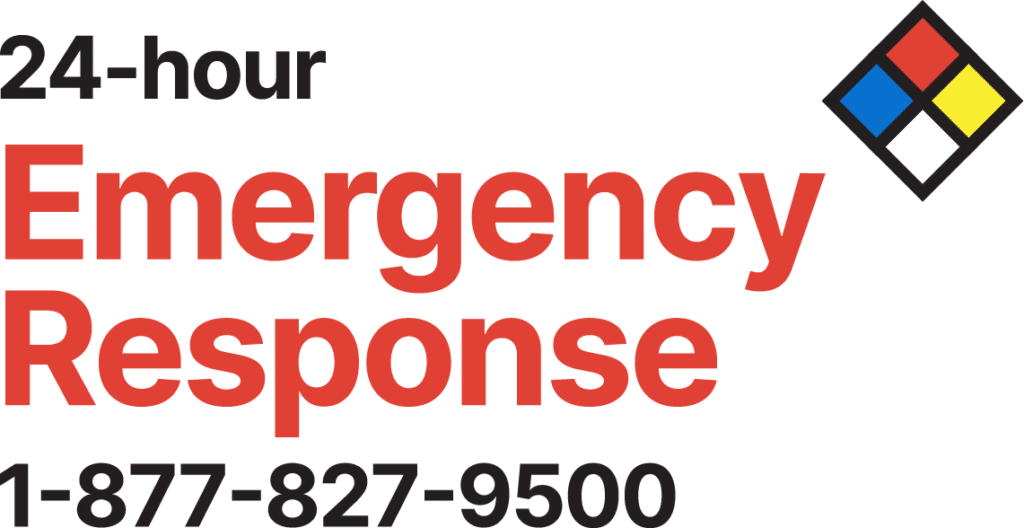Members of the next generation of environmental enthusiasts have important work ahead of them. With that in mind, Environmental Works is proud to partner with the academic community near our company’s Springfield, Missouri, headquarters to conduct ongoing research. Recently, EWI team member Bobbi Lynne Koepke worked with a graduate student and faculty member from Missouri State University. Their goal: to assess the vertical fault migration potential of subsurface contamination into the delicate Ozark aquifer in Greene County, Missouri. Read on to find out more about the assessment and its importance to this unique ecosystem.
EWI Assesses Contamination and Vertical Fault Migration
What Is Vertical Fault Migration?
Vertical migration occurs under the ground’s surface, where major faults – fractures between blocks of rock – create small vertical pathways. These pathways can also be created by vertically-rising materials like salt or igneous rocks. Regardless of their source, these pathways can often lead to the migration of fluids, introducing any number of surface contaminants into the groundwater below. If left unmonitored, this fluid migration can harm aquifers like the Ozark aquifer in Greene County, Missouri, creating a contaminated zone that requires remediation. There are a few ways that environmental experts assess vertical fault migration, including bedrock evaluation, isopach stratigraphic models, and fault throw estimation. Each of these techniques can be used to assess reservoir quality as fluid migration occurs.
Why Does Vertical Fault Migration Matter in Southwest Missouri?
Southwest Missouri’s unique geography includes horizontal and subhorizontal strata, or layers in the ground. These strata are offset by a series of normal faults, which see small levels of displacement over time. While you may think that the small, gradual strata displacement could compromise the underlying aquifer – the underground space that holds groundwater – there is a natural barrier in place to prevent liquid migration. This barrier is known as the Mississippian Northview Formation, and its shale-siltstone base helps confine the contents of the Ozark aquifer. However, recently, state and local officials have become concerned that surface contaminants could migrate into the Ozark aquifer through the Northview Formation along several major faults. With this in mind, EWI sent our expert to work with Missouri State on what is known as a “migration risk assessment.”
Migration Risk Assessment
EWI’s ultimate goal was to assess the risk of contaminant migration through the Northview Formation’s faults. To do this, we started with a series of isopach thickness maps using public well data. Those maps are available to view on Missouri State’s website. We then created maximum fault throw models based on geologic maps and field investigations. We then subtracted the maximum fault throw distance from the Northview Formation thickness map (available for download here). This allowed us to identify low-risk and high-risk areas within the Northview system. This information will allow state and local officials to define their remediation strategy to prevent future contamination.
_____
Ultimately, protecting the unique Ozarks ecosystem is a team effort. We were proud to partner with Missouri State to evaluate vertical fault migration risk areas; moving forward, our findings may help improve site-by-site vertical migration evaluation. That, in turn, will allow for more focused, reliable remediation techniques. This is just the latest example of a community partnership that has real, lasting effects on our local ecosystem.
Do you have further questions about vertical fault migration? Is your organization interested in participating in a community partnership like this vertical fault risk assessment? Environmental Works has in-house experts ready to help. We’ve partnered with a wide variety of academic institutions, as well as local, state, and national authorities, to provide crucial environmental insights. When you’re ready, you can contact EWI online or call 877-827-9500 for more information.



